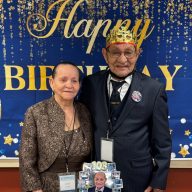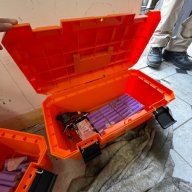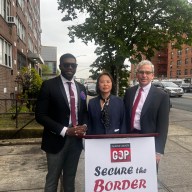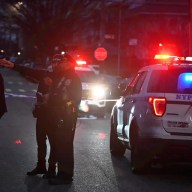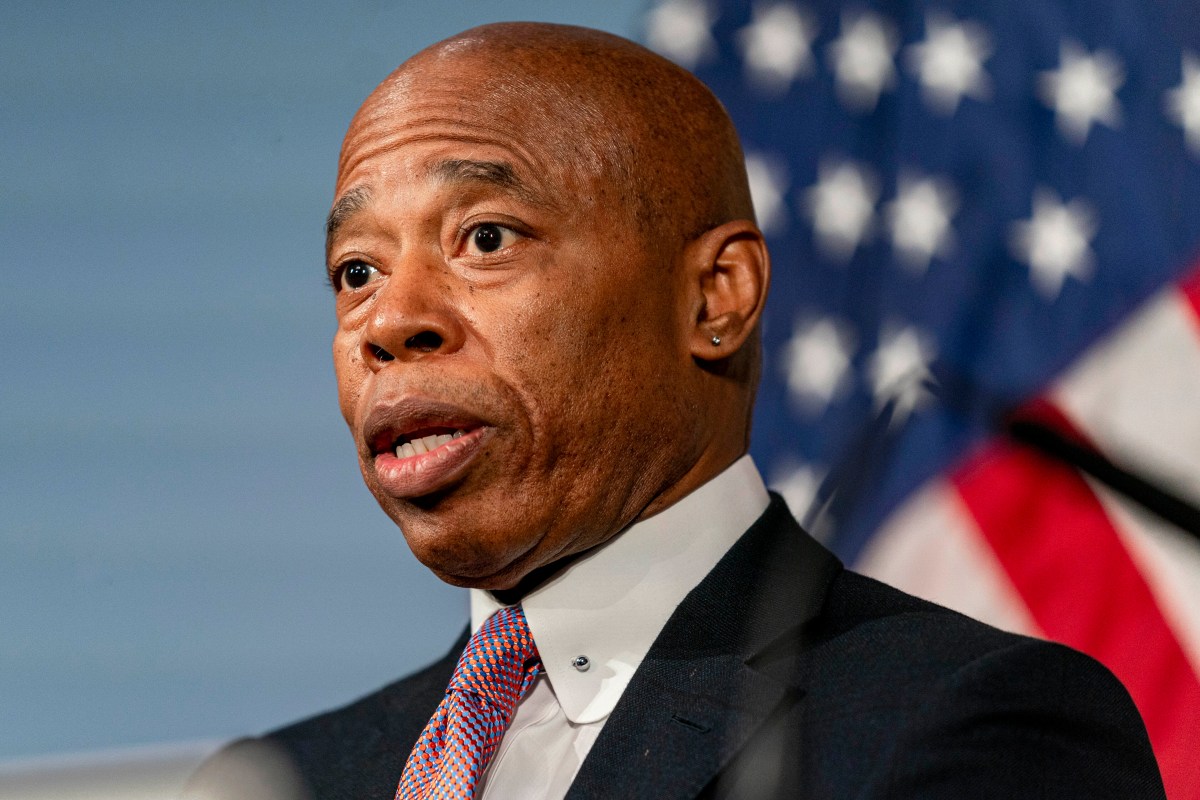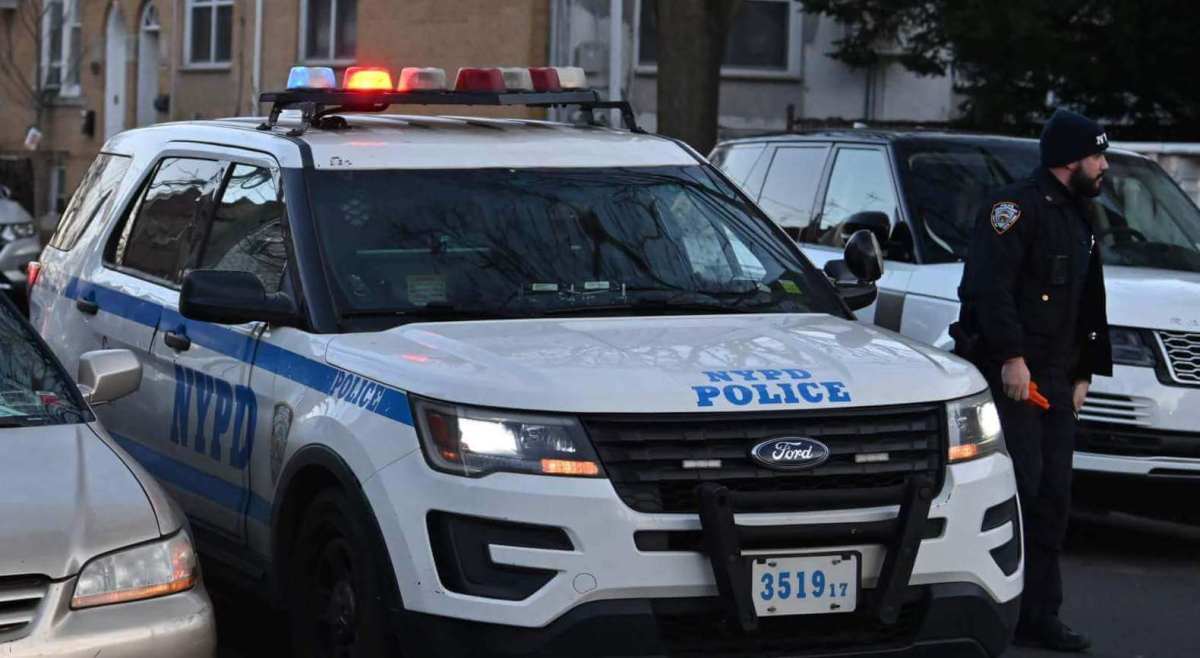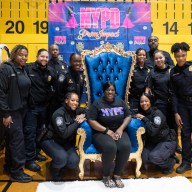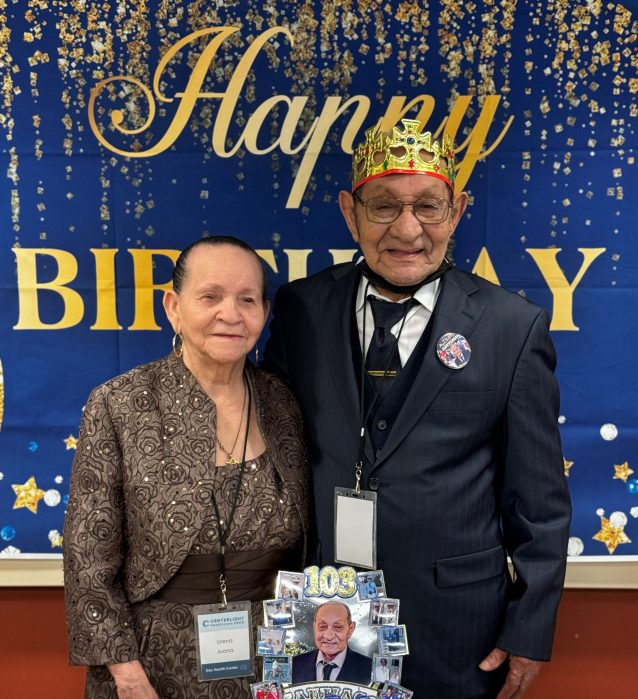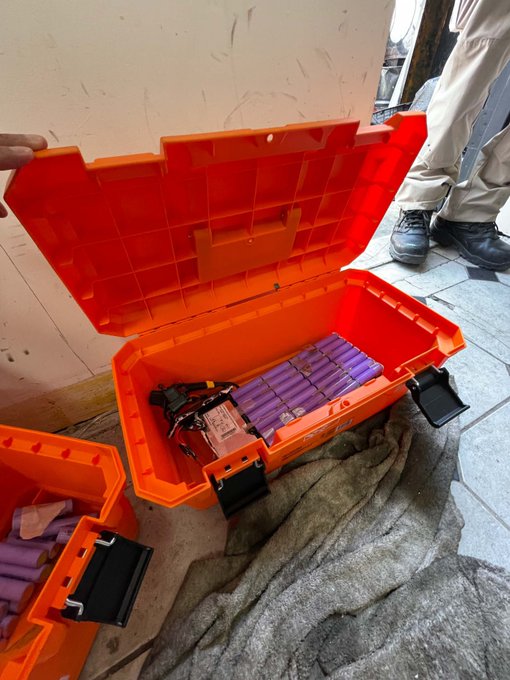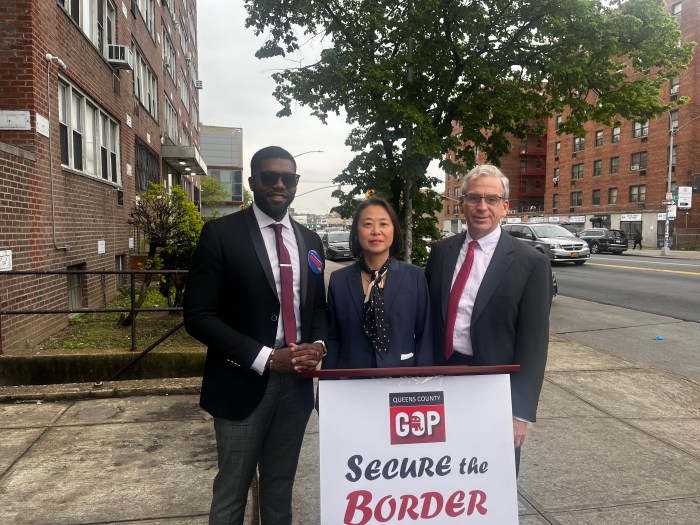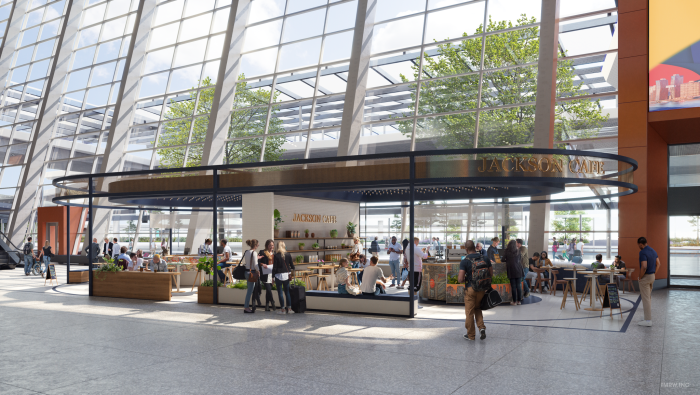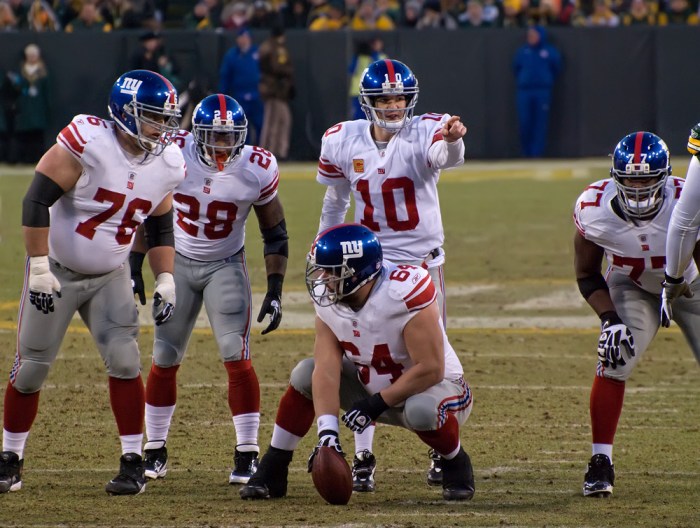The Unisphere — the great stainless steel globe of the planet Earth stands at the very center of Flushing Meadows-Corona park, gleaming in the daylight sun and glowing bright in the evening sky. The Unisphere was built as the symbol of the 1964-65 World’s Fair, the second great international exposition to rise above flushing Meadows. It represented the Fair’s theme of "Peace through Understanding." During those heady and turbulent days of the sixties, the giant globe with its circle of orbiting rings linking together like arms around the earth expressed an optimistic view of the interdependence of all peoples on a shrinking globe in an expanding universe. One song that was first introduced in one of the Fair’s pavilions designed by Walt Disney expressed this theme in the voices of the children of the world:
"It’s a world of laughter,
A world of tears
A world of hopes and a world of fears
It’s so much that we share,
That it’s time we’re aware
It’s a Small World after all."
In the decades since the two Flushing Meadows fairs that theme has never been more demonstrated in reality than by the very real fact that Queens has become not only host to the world, but home to the world — the most ethnically diverse place on earth. The US Open each year focuses the attention of the world to this very special place. The great Louis Armstrong knew what a special place it is. He made his home here. One of his last — and most famous recordings perhaps expressed his feelings best.
"There are skies of blue,
Clouds of white . . .
The bright blessed day
The dark sacred night.
And I say to myself
What a Wonderful World."






